Photographs: Reuters.
The recovery of FDI flows will continue in 2011 reaching a total of $1.4-$1.6 trillion, making a comeback to the pre-crisis average due to investment opportunities in emerging economies, according to United Nations Conference on Trade and Development (UNCTAD).
The sovereign debt crisis, fiscal and financial imbalances in some developed countries and rising inflation and signs of overheating in major emerging economies could derail the FDI recovery, it warned.
In 2010, the rise of emerging economies as new powerhouses of FDI became more apparent.
Developing countries and transition economies absorbed more than half of global FDI inflows for the first time.Click NEXT to find the out the 15 highest recipients of FDI...
15 nations with highest FDI inflows; India slips
Image: New York.FDI: $228 billion
The United States received the highest foreign direct investment in the world. The US attracted $228 billion in 2010 compared to $153 dollars in 2009.
In the US, foreign investments face screening only if perceived as a potential threat to national security, according to the Heritage Foundation's Index of economic freedom.
Foreign investment in banking, mining, defence contracting, certain energy-related industries, fishing, shipping, communications, and aviation is restricted.
There are few controls on currency transfers, access to foreign exchange, or repatriation of profits. Foreign investors are allowed to own land.
15 nations with highest FDI inflows; India slips
Image: Reuters.FDI: $106 bn
China received a higher FDI in 2010 compared to $95 billion a year ago.
Despite slowing of labour-intensive manufacturing, China drew high FDI in high-technology industries and services. China pipped Japan in terms of FDI outflows.
The government has the authority to restrict or deny foreign investment.
Investors face regulatory non-transparency, complex laws and regulations, weak protection of intellectual property rights, corruption, industrial policies protecting local firms, and a legal system that cannot guarantee the sanctity of contracts, says the Index of Economic Freedom.
However, China has liberalised parts of its economy since the late 1970s and is a flourishing manufacturing powerhouse.
15 nations with highest FDI inflows; India slips
Image: The International Commerce Centre that houses Ritz Carlton.Photographs: Reuters.
FDI: $69 billion
Hong Kong, one of the world's most competitive financial and business centres, Hong Kong's FDI rose to $69 billion from $52 billion in 2009.
Hong Kong has been Asia's second largest destination for foreign direct investment after China.
Effective legal and regulatory frameworks and openness to global commerce strongly supports new ventures.
The overall environment is conducive to the formation and operation of start-up businesses in various sectors of the economy.
Foreign capital receives domestic treatment, and foreign investment is strongly encouraged.
There are no limits on foreign ownership and no screening or special approval procedures to set up a foreign firm except for certain legal services and in broadcasting, where foreign entities may own no more than 49 percent of local stations, says the Heritage Foundation's Index of economic freedom.
15 nations with highest FDI inflows; India slips
Image: Belgium.FDI: $62 billion
The FDI in Beligum zoomed to a record high of $62 billion from $24 billion.
Belgium's economy has benefited from its openness to global trade and investment.
However, there are structural weaknesses hinder reforms to enhance economic freedom and international competitiveness.
The overall freedom to establish and run a business is well protected.
15 nations with highest FDI inflows; India slips
Image: Brazil Stock Exchange.FDI: $48 billion
Brazil's FDI zoomed to $48 billion from $26 billion in 2009.
Foreign investors are granted national treatment, but foreign investment is restricted in several industries.
However, the administration is non-transparent, burdensome, complex, and subject to corruption. There are few restrictions on foreign exchange transactions.
15 nations with highest FDI inflows; India slips
Image: Germany.FDI: $46 billion
Germany saw a rise in FDI to $46 billion from $38 billion in 2009. It continues to be one of the world's most powerful and dynamic economies.
Business freedom and investment freedom are strong. Long-term competitiveness and entrepreneurial growth are supported by openness to global commerce, well-protected property rights, and a sound business regulatory environment, says the Index of Economic Freedom.
Foreign and domestic investors are treated equally. Certain financial institutions, passenger transport businesses, and real estate agencies require licenses.
15 nations with highest FDI inflows; India slips
Image: Reuters.GDP (PPP):$2.1 trillion
United Kingdom saw a drastic fall in foreign direct investment. The FDI inflows stand at $46 billion from $71 billion.
Foreign investors receive the same treatment as domestic businesses in most cases. Registered companies must have at least one UK resident director.
Foreign investment in airlines is limited to 49 percent. The investment code and bureaucracy are generally transparent and efficient.
15 nations with highest FDI inflows; India slips
Image: Reuters.FDI: $41 billion
Russia has seen a rise in FDI from $36 billion in 2009 to $41 billion in 2010.
Burdensome regulations continue to hinder private-sector development. The regulatory system suffers from corruption and a lack of transparency.
Russian law provides national treatment for foreign investors, but there are several exceptions. In many industries, the level of foreign ownership is capped or prohibited.
In 2008, the government introduced a list of 42 "strategic" sectors in which purchases of controlling interests by foreign investors must be pre-approved by the government.
15 nations with highest FDI inflows; India slips
Image: A view of the exterior of the Fusionopolis complex in Singapore.Photographs: Reuters.
FDI: $39 billion
Singapore's FDI more than doubled to $39 billion from 15 billion in 2009.
Singapore is one of the world's leading business centres and a major destination for foreign investment.
Anti-corruption laws are strong and well enforced. Foreign and domestic investors are treated equally, and openness to global commerce fosters competitiveness.
15 nations with highest FDI inflows; India slips
Image: Paris.Photographs: Reuters.
FDI: $32 billion
Foreign investment in France rose to $32 billion from $26 billion in 2009.
France promotes entrepreneurial activity. A strong protection of property rights and a relatively efficient regulatory framework exists in the country.
The government has pursued various reform measures to increase the competitiveness and flexibility of the economy, but overall progress has been slow.
15 nations with highest FDI inflows; India slips
Image: Sydney Opera House.FDI: $32 billion
Australia has seen its FDI increase to $32 billion from $26 billion in 2009.
The country has a strong tradition of openness to global trade and investment and transparent and efficient regulations are applied evenly in most cases.
An independent judiciary protects property rights, and the level of corruption is quite low.
15 nations with highest FDI inflows; India slips
Image: Riyadh International Airport.FDI: $28 billion
Foreign investment in Saudi Arabia has slipped to $28 billion from $37 billion in 2009.
All foreign investors must be licensed by the General Investment Authority. Licenses for projects may be required, and foreign investors must take local partners in certain sectors.
Foreign investment is prohibited in 16 manufacturing and service sectors and sub-sectors.
15 nations with highest FDI inflows; India slips
Image: Dublin.FDI: $26 billion
Ireland has not seen any change in the FDI levels. It remains at $26 billion.
Domestic and foreign firms incorporated in Ireland receive equal treatment. Foreign ownership of EU airlines may not exceed 49 percent.
There is no approval process for foreign investment or capital inflows unless the company is applying for incentives.
Regulation is generally transparent and efficient in Ireland.
15 nations with highest FDI inflows; India slips
Image: Red Fort, New Delhi.FDI: $25 billion
India slipped six notches to the 14th spot in global rankings of countries that attracted highest foreign direct investment, says a United Nations report.
The FDI inflow dropped from $36 billion to $25billion over the period, according to the UNCTAD's World Investment Report 2011.
India attracted less than one-fourth the FDI of China in 2010.
FDI outflows saw India make it to the top 20 investors list in 2010, compared to 21st position in 2009.
Foreign investors generally receive national treatment. Licensing procedures do not discriminate against foreign companies, although export obligations and local content requirements are imposed in some industries.
Foreign investment is prohibited in some industries and capped in others.
15 nations with highest FDI inflows; India slips
Image: Madrid.FDI: $25 billion
Spain's FDI has zoomed to $25 billion from $9 billion in 2009.
Spain's economy performs well in business freedom, trade freedom, and investment freedom.
Foreign and domestic investments are treated equally under the law. Foreign investment of up to 100 percent of equity is permitted in most sectors.

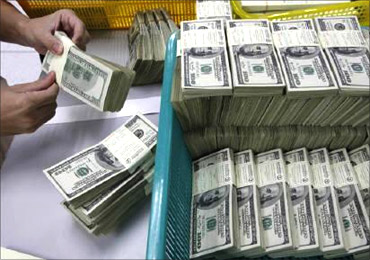
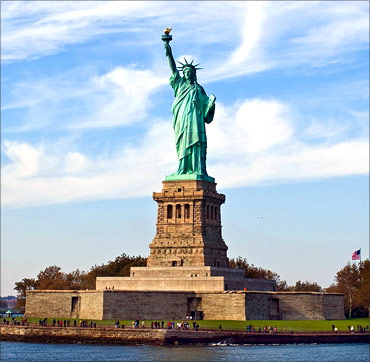
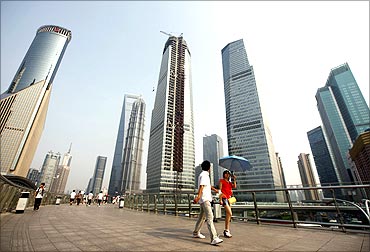
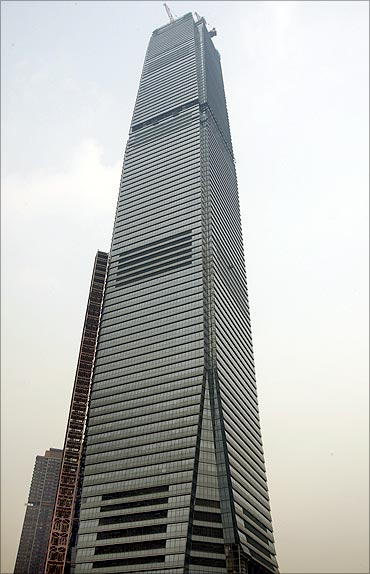
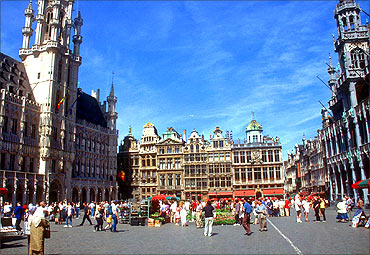
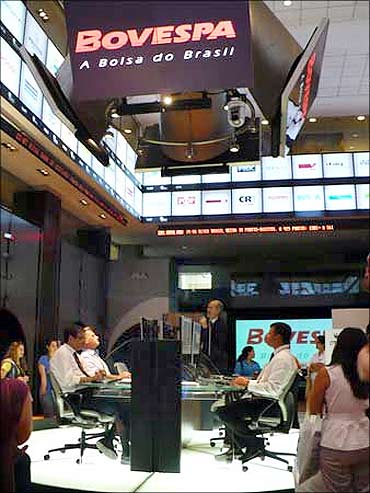
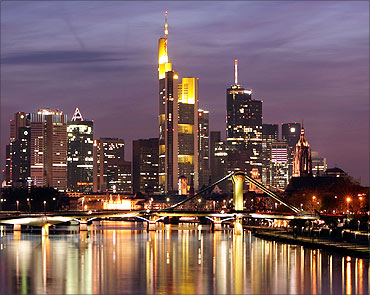

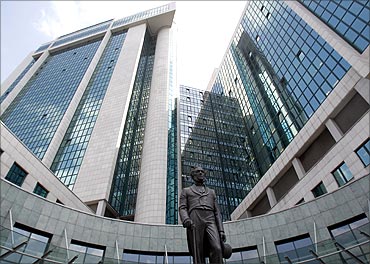
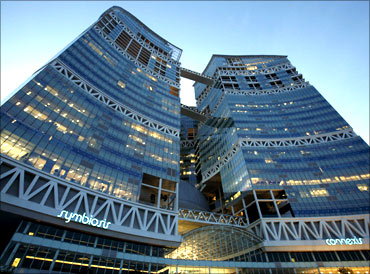

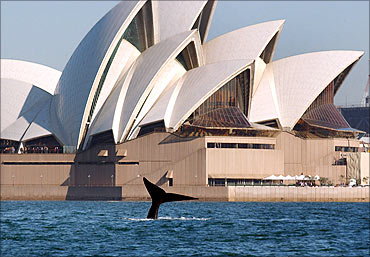
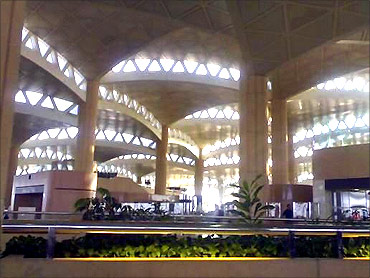
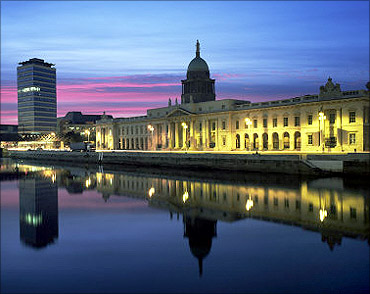
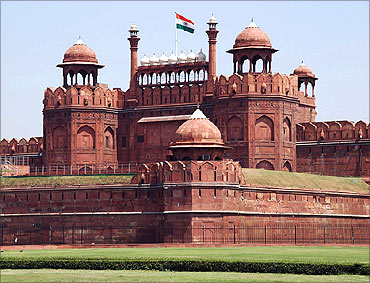
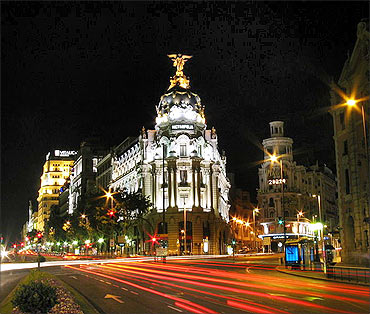
article